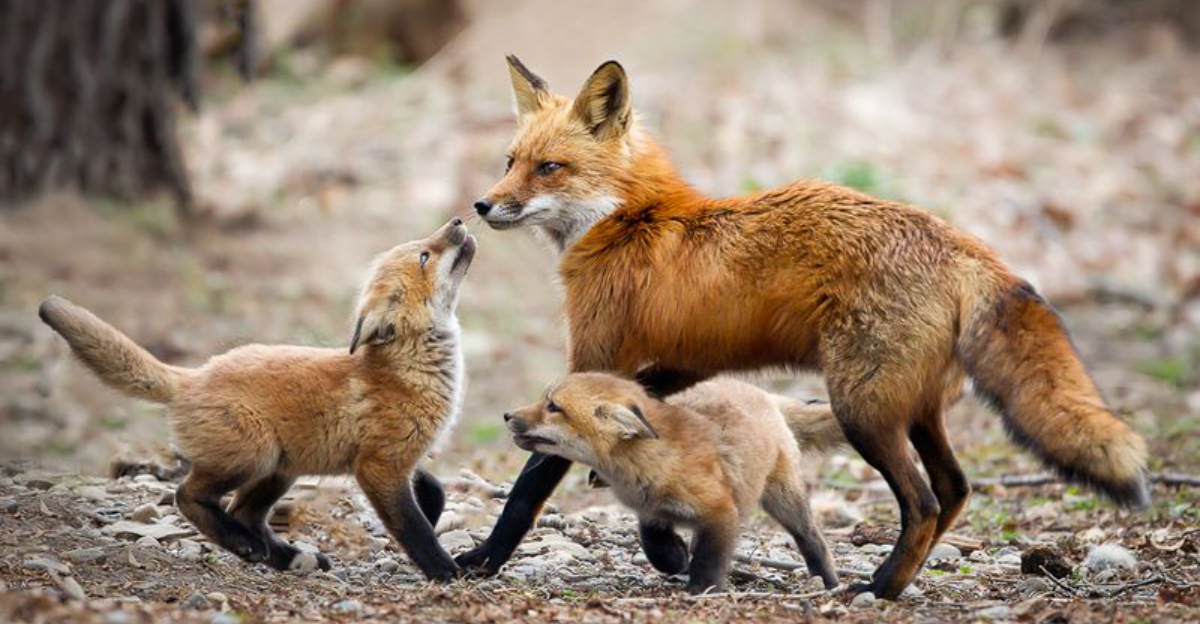Tucked between rugged cliffs and whispering forests, Acadia National Park is more than just stunning views—it’s alive with creatures big and small.
Whether you’re hiking the trails or watching the tide roll in, there’s a good chance something wild is watching you back.
From shy forest dwellers to bold coastal wanderers, the animals of Acadia add magic to every visit. Keep your eyes open—you never know what might scamper, soar, or splash into view.
1. White-tailed Deer
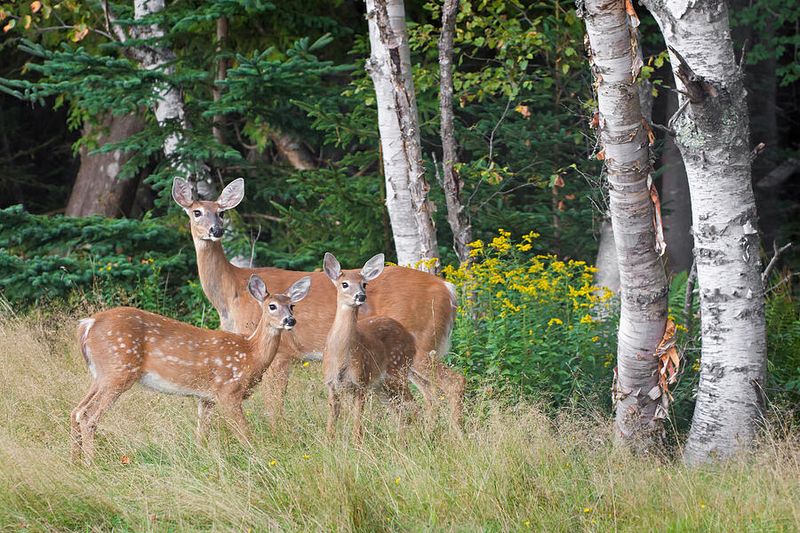
Graceful browsers with distinctive white flags for tails, these woodland beauties are most active at dawn and dusk. You’ll likely spot them munching on vegetation along park roads or meadow edges.
Their reddish-brown summer coats transform to grayish-brown in winter, providing perfect camouflage among Acadia’s diverse landscapes.
Fawns, with their adorable white spots, sometimes hide in tall grasses while mom forages nearby.
2. Red Fox
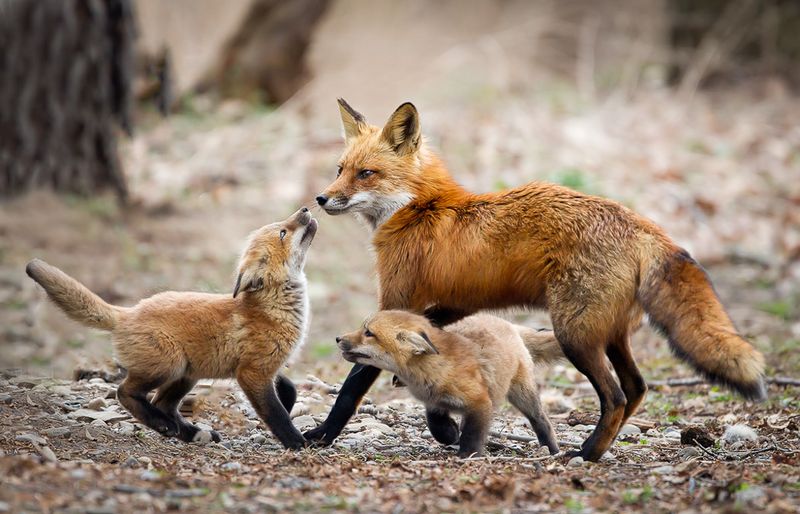
Sporting a fiery orange coat that stands out against Acadia’s green landscape, these clever canids thrive throughout the park.
Their bushy white-tipped tails and black stockings make for stunning photo opportunities when you’re lucky enough to spot one.
Masters of adaptation, red foxes hunt mice, voles, and even berries. Listen for their eerie, high-pitched barks echoing through the forest at night – a sound that’s both haunting and magical.
3. Snowshoe Hare

Nature’s quick-change artists transform from brown in summer to pure white in winter!
These masters of camouflage bound through Acadia’s forests on oversized back feet that work like natural snowshoes in deep snow.
Spotting one requires patience and sharp eyes – they freeze when threatened, relying on their seasonal camouflage.
Their large, expressive eyes and twitching noses make them particularly charming when glimpsed among the underbrush during quieter morning hikes.
4. Eastern Coyote
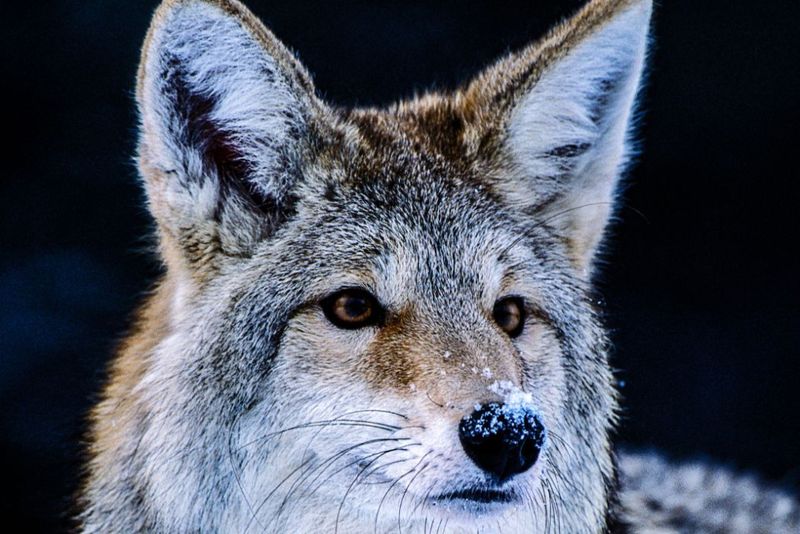
Larger than their western cousins due to wolf DNA, these adaptable predators patrol Acadia’s diverse habitats with remarkable stealth.
Their howls might serenade your evening campfire, creating that authentic wilderness experience many visitors hope for. Eastern coyotes sport gorgeous fur in varying shades of gray, brown, and rust.
Despite their prevalence in the park, these shy creatures typically avoid humans, making a sighting something truly special to treasure from your Acadia adventures.
5. Black Bear
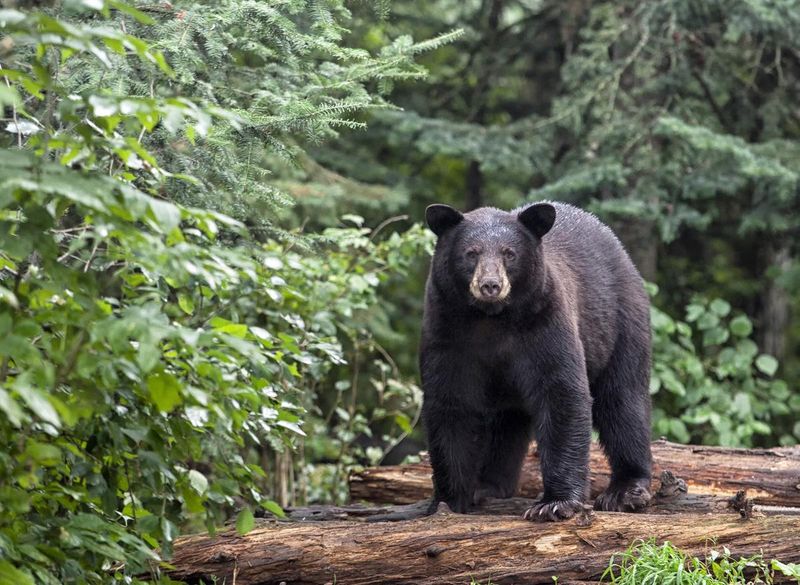
Contrary to their name, Acadia’s black bears often display beautiful cinnamon-colored coats.
These powerful omnivores typically avoid humans, preferring to forage berries and nuts throughout the park’s forested areas.
A black bear sighting remains rare but memorable! They’re surprisingly agile climbers and can run up to 30 mph.
Park rangers recommend making noise while hiking to avoid surprising these magnificent but shy creatures who’d rather avoid human encounters altogether.
6. North American Porcupine
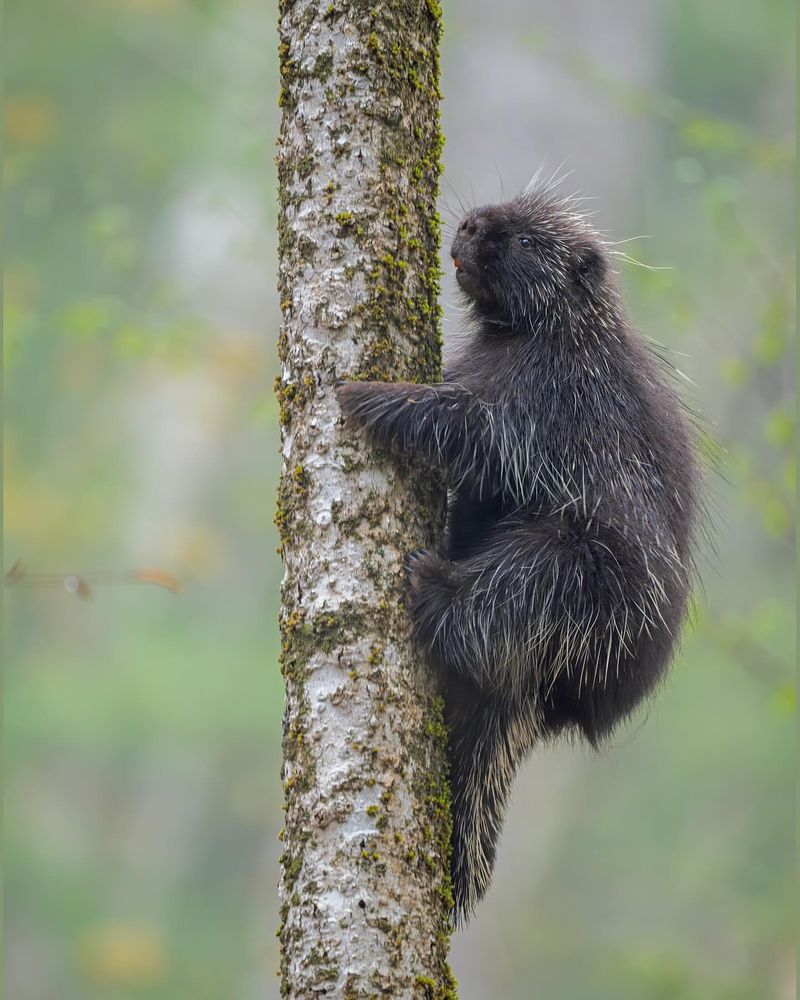
Waddling through Acadia’s forests with their distinctive quill-covered backs, these spiky characters are actually quite peaceful vegetarians.
Their slow movements make them easier to spot than many other park residents – just listen for scratching sounds in the trees above!
Surprisingly good climbers, porcupines spend much of their time in treetops munching on bark and buds.
Despite popular myths, they cannot shoot their quills – but they certainly know how to use them if threatened by predators.
7. Harbor Seal
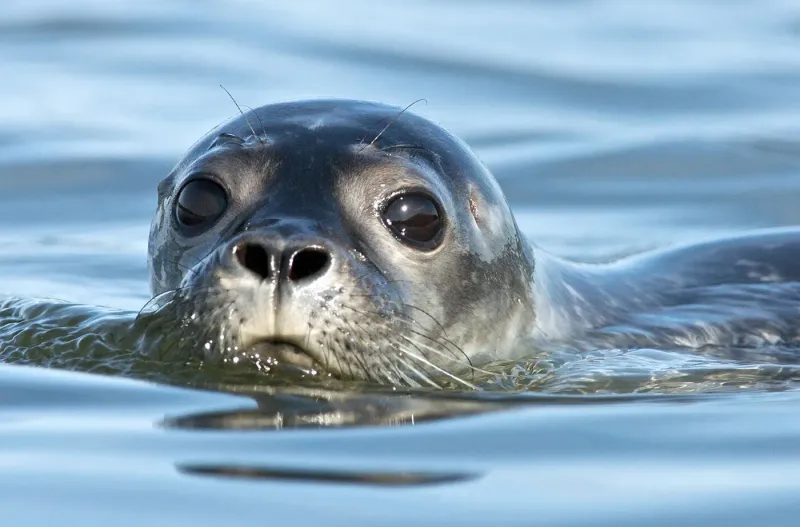
Bobbing heads in Acadia’s coastal waters reveal these charming marine mammals taking a curious peek at human visitors.
Their spotted coats and dog-like faces make them instant favorites among wildlife watchers scanning the shoreline.
For the best seal-spotting opportunities, bring binoculars to places like Little Hunter’s Beach or Schoodic Point.
These playful creatures often haul out on offshore rocks during low tide, creating perfect photo opportunities as they bask in the sun or slip gracefully back into the water.
8. Peregrine Falcon
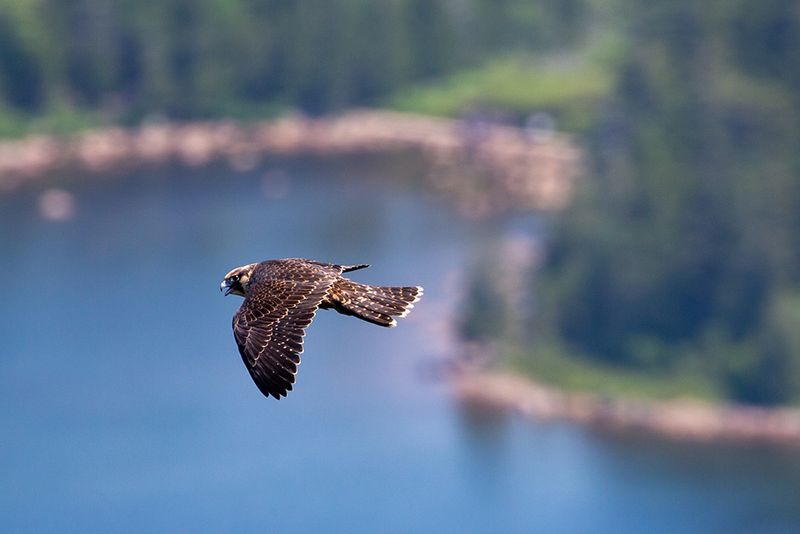
Speed demons of the sky, these magnificent raptors can dive at over 200 mph when hunting!
Their comeback story represents one of Acadia’s greatest conservation successes after nearly disappearing from the park in the mid-20th century.
Sharp eyes might spot peregrines soaring above the Precipice Trail or Jordan Cliffs. Their distinctive pointed wings and rapid flight make them stand out among other birds.
Rangers often set up spotting scopes during nesting season, offering visitors amazing views of these aerial acrobats.
9. Bald Eagle

Majestic symbols of American wilderness, these massive birds showcase stunning white heads and yellow beaks against Acadia’s blue skies.
Their impressive 7-foot wingspans create unforgettable silhouettes as they soar above the park’s lakes and coastline.
Once endangered, bald eagles have made a remarkable recovery in Acadia. Eagle Lake and Jordan Pond offer prime viewing opportunities.
Listen for their distinctive high-pitched calls – quite different from their fierce appearance – echoing across the water as they patrol their territories.
10. Common Loon
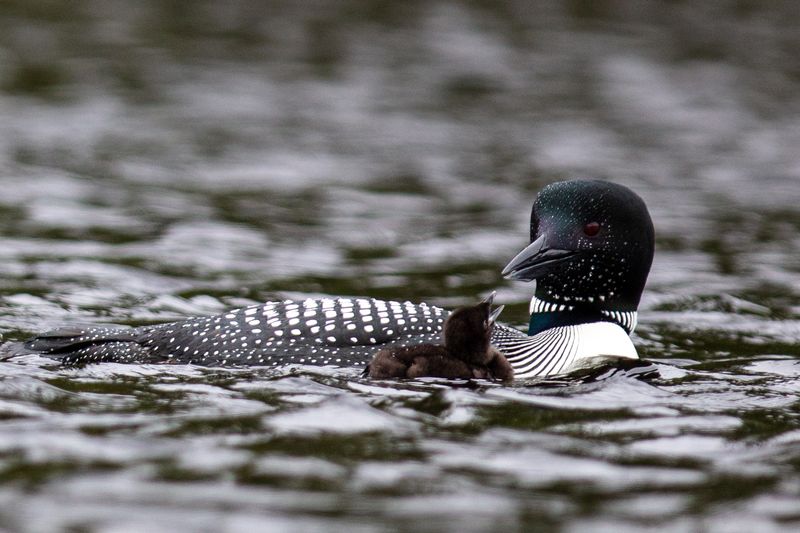
Hauntingly beautiful calls echo across Acadia’s lakes, announcing the presence of these striking black-and-white birds.
Their red eyes and checkerboard patterns make them instantly recognizable as they dive for fish in the park’s pristine waters.
Jordan Pond and Echo Lake offer excellent loon-watching opportunities. Summer visitors might glimpse fluffy gray chicks riding on their parents’ backs – an adorable sight!
Their eerie, wavering calls at dusk create the quintessential northern wilderness soundtrack that many visitors remember long after leaving Acadia.
11. Red Squirrel
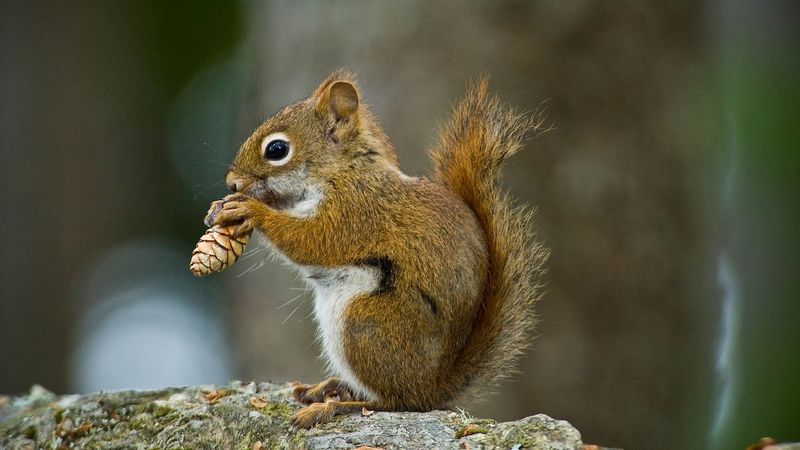
Tiny bundles of energy with rusty-red fur, these vocal forest residents scold hikers with chattering calls throughout Acadia’s woodlands.
Don’t let their small size fool you – these territorial creatures fiercely defend their food caches with amusing displays of squirrel bravado.
Much smaller than gray squirrels, these woodland sprites dart across trails with pinecones clutched in their mouths. Their tufted ears and expressive tail movements add to their charm.
Listen for rapid-fire chattering and distinctive “chucking” sounds that alert you to their presence before you spot them.
12. Moose
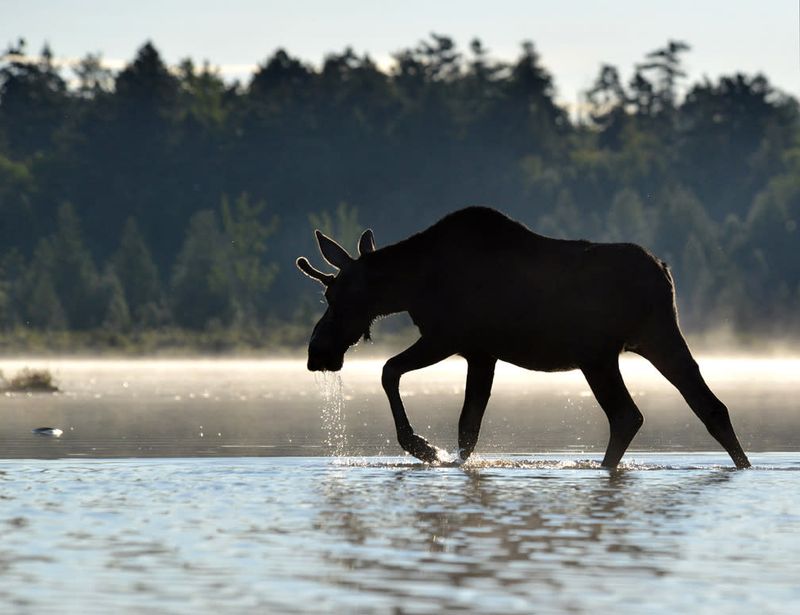
Towering giants of the north woods, moose represent the ultimate wildlife sighting for many Acadia visitors.
Males sport massive antlers that can span six feet across, creating an unforgettable silhouette when glimpsed through morning fog.
Relatively uncommon in the park, moose occasionally visit wetlands and ponds on the quieter western side. Early mornings offer your best chance for a sighting.
Despite their enormous size, these magnificent animals move with surprising stealth through forests and can disappear into vegetation with remarkable ease.
